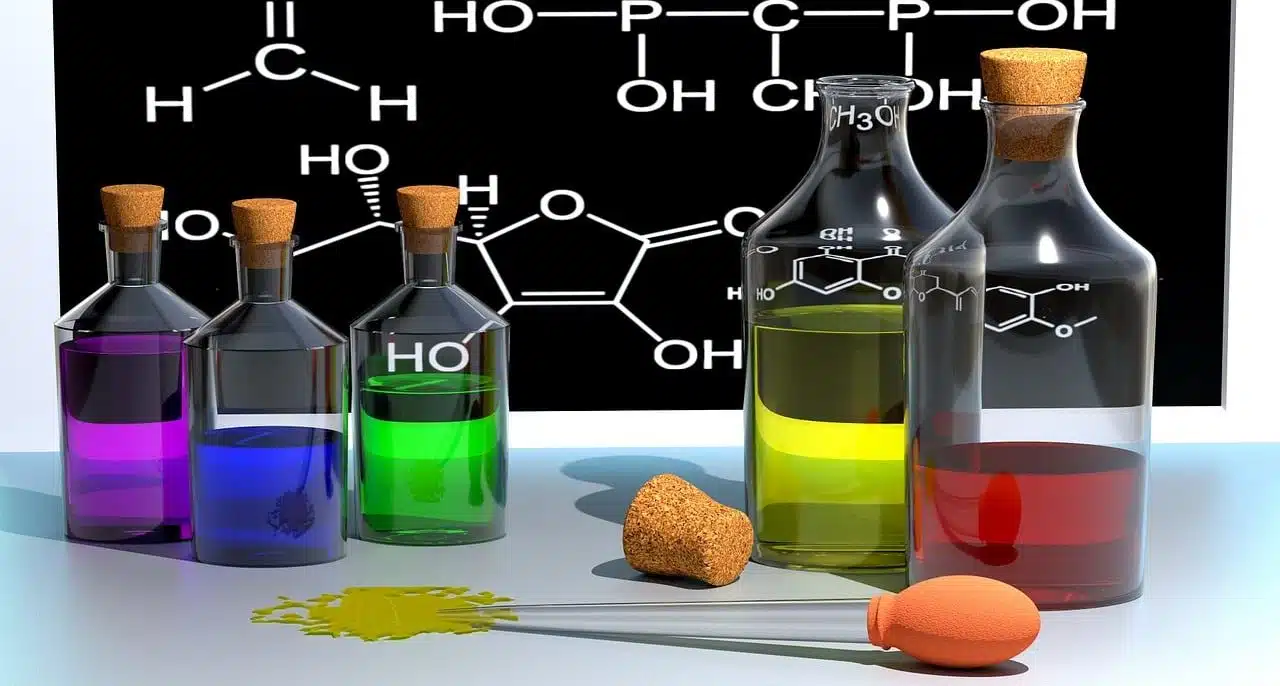
A synthesis reaction is a chemical reaction.
A synthesis reaction is a chemical reaction that causes two different substances (that is, two reactants ) to combine to give rise to a single product . It can be said, therefore, that two simple elements, through a synthesis reaction, join together and create a complex compound.
Before entering fully into the definition, it is necessary that we proceed to know the etymological origin of the two words that give it shape:
- Reaction derives from Latin and is the result of the sum of two components : the prefix re- , which means "backwards" , and actio . This second word, in turn, emanates from the verb agere , which is synonymous with "do" , and from the suffix -tio , which is used to indicate "action and effect" .
- Synthesis , on the other hand, has its origin in the Greek synthesis , which means "composition that is formed from the sum of the parts." This word is obtained by adding the prefix syn- , which can be translated as "with" , and thesis , which is synonymous with "conclusion" .
What is a synthesis reaction
It is important to mention that a chemical reaction is a change that a substance undergoes. From this reaction , the substance in question loses properties and acquires different ones, modifying its structure and chemical bonds.
There are different types of chemical reactions. The synthesis reaction, as we already indicated, is one of them.
The formula for a synthesis reaction is the following: X + Y = XY . As you can see, X and Y are two different chemical substances that combine to give rise to a new product ( XY ).
The historical figure who is considered the first to give real and conscious form to synthesis reactions is the German chemist Friedrich Wholer ( 1800 – 1882 ), who achieved this result from his work with the organic substance known as urea .
A synthesis reaction between a non-metal and hydrogen allows the obtaining of a hydracid , to name one possibility. Similarly, a synthesis reaction that combines a nonmetal with H2O generates an oxyacid , while the combination of a basic oxide with H2O results in a hydroxide .

Synthesis reactions can be classified in different ways.
Its development
What happens in a synthesis reaction is that, as it develops, the chemical bonds that existed between the reactants are broken and new bonds are formed, giving rise to a different compound .
Thanks to a synthesis reaction, therefore, products can be obtained whose properties will be more marked than the original ones or even have properties that do not exist in the reactants.
Classification of a synthesis reaction
In addition to all of the above, we must know that synthesis reactions can be classified into two large groups: those of partial synthesis and those of total synthesis . The first are those that occur when the reactants are compound substances or a mixture between compounds and elementals. The total ones, for their part, are those that are undertaken with only elemental substances.
The reverse reaction to the synthesis is known as a decomposition reaction : from a single reactant, two or more products are obtained.
